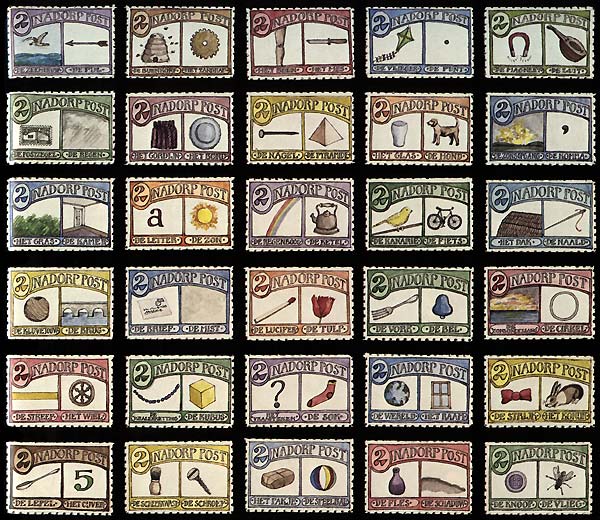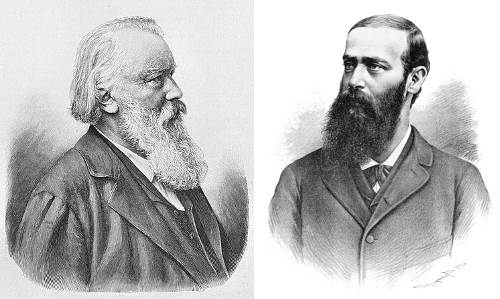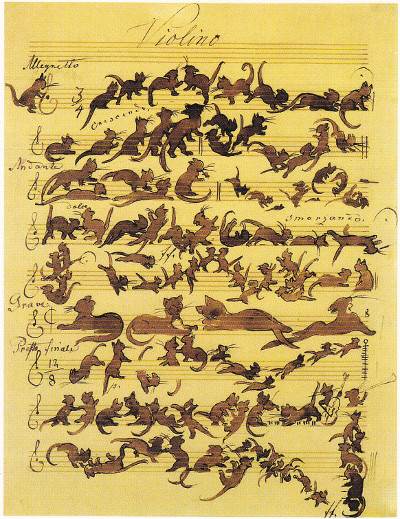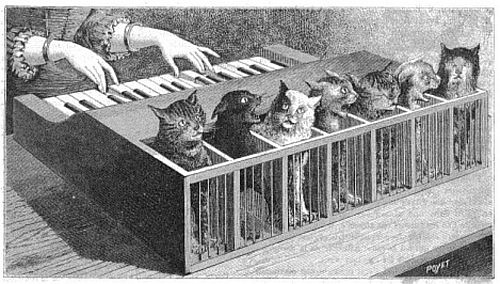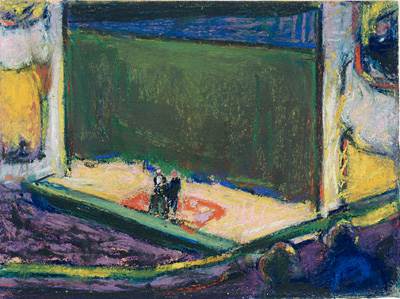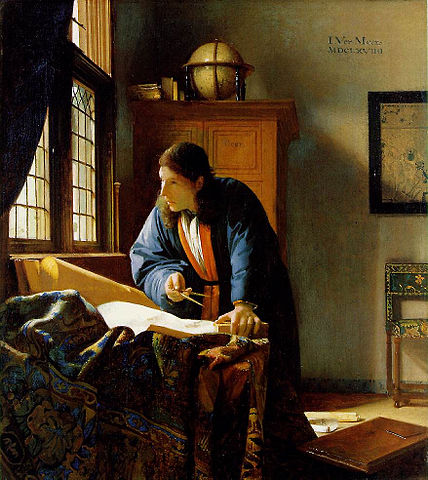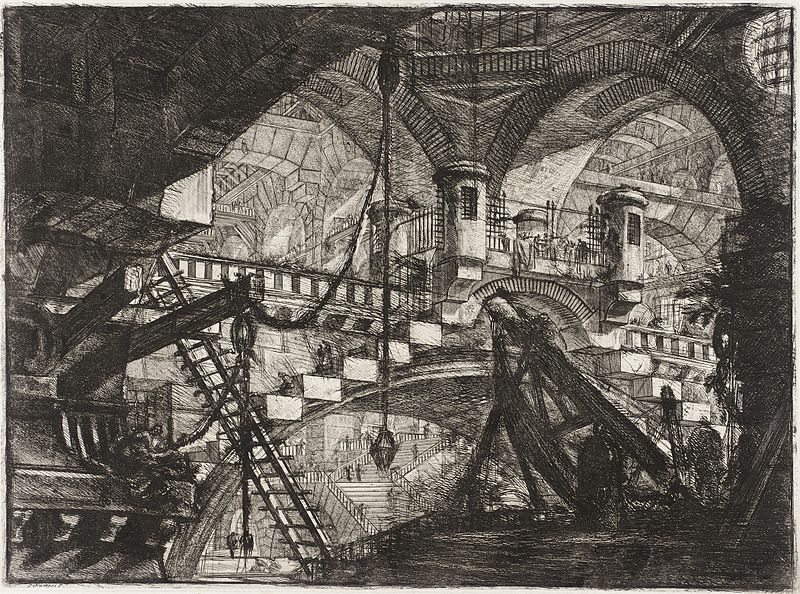
In A Thing or Two About Music (1972), Nicolas Slonimsky describes a series of “puzzle minuets” composed by 18th-century harpsichordist Johann Schobert:
Schobert is not a misprint for Schubert. He was an estimable Silesian-born musician who settled in Paris in 1760 and wrote many compositions in the elegant style of the time. Mozart knew his music well and was even influenced by his easy grace in writing piano pieces. Schobert was something of a musical scientist. Among his compositions is a page entitled, ‘A Curious Musical Piece Which Can Be Played on the Piano, on the Violin, and on the Bass, and at that in Different Ways.’ This page contained five minuets, one of which could be played upside down without any change, one which would result in a new piece when turned upside down, and one which would furnish a continuation upside down. Two could be played on the violin and on the bass by assigning the treble clef right side up and the bass clef upside down.
The full page is here. I haven’t tried playing it.

